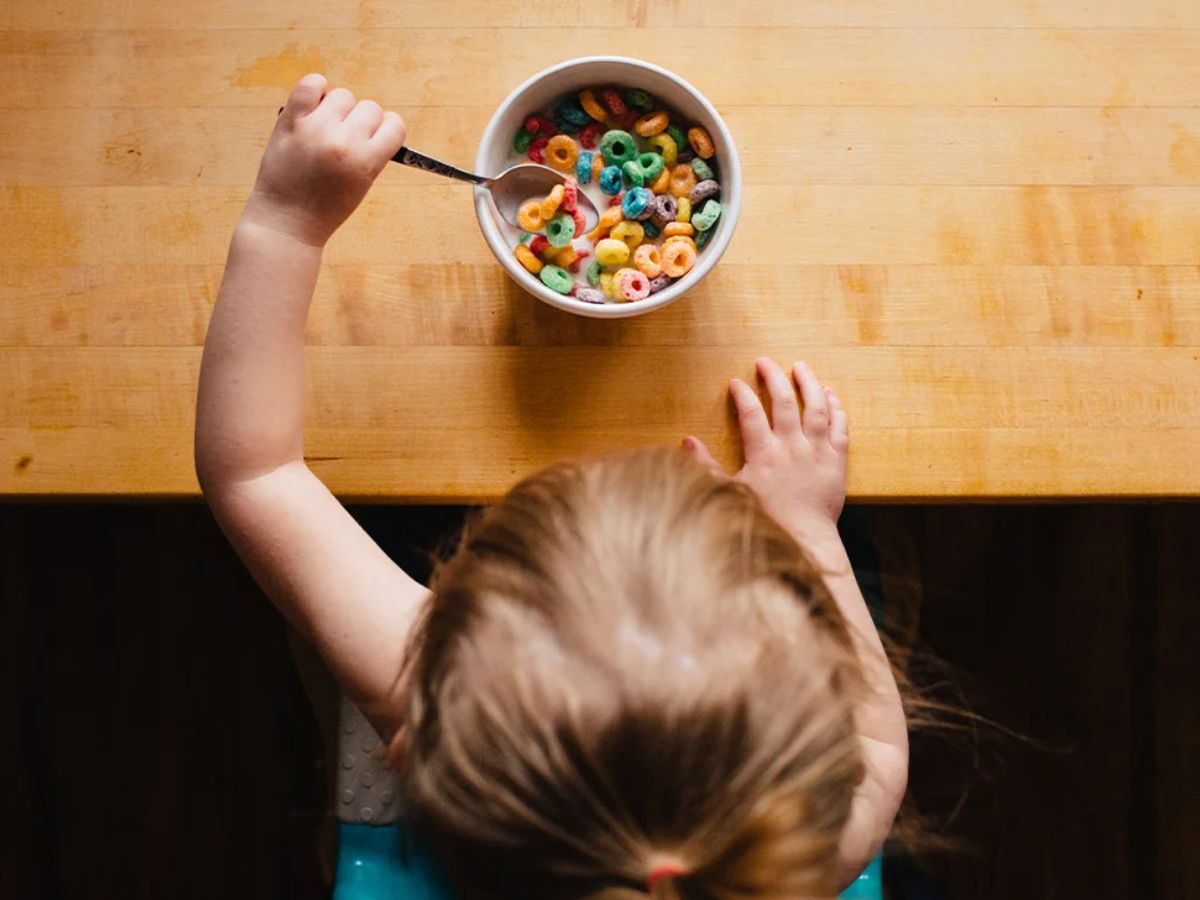
In today's fast-paced world, our meals often come packed with ingredients that are not naturally found in the kitchen pantry. Artificial additives have become a staple in processed foods, from enhancing flavors to extending shelf life. But what do we really know about these substances? Are they safe, or should we be concerned about their long-term effects on our health? This post will shed light on 20 facts about artificial additives, offering insights into what they are, how they're used, and their impact on our well-being. Whether you're a health enthusiast or simply curious, these revelations will equip you with the knowledge to make informed decisions about the food you consume.
Understanding Artificial Additives
Artificial additives are substances added to food to enhance flavor, appearance, or preservation. From colorful candies to packaged bread, these additives are everywhere in our daily diet. But what exactly are they, and why are they used? Let's dive into some facts.
-
Artificial additives are man-made chemicals used to improve the food's qualities. They can be derived from various sources, including petroleum products, which might surprise some.
-
There are more than 3,000 recognized food additives used in the global food industry today. This vast number includes everything from preservatives, flavor enhancers, colorants, to emulsifiers.
The Role of Preservatives
Preservatives play a crucial role in keeping food safe and extending its shelf life. Without them, many products would spoil quickly.
-
Preservatives such as sodium benzoate or potassium sorbate prevent the growth of bacteria, yeast, and molds in food products. This is essential for preventing foodborne illnesses.
-
Interestingly, not all preservatives are artificial. Some, like salt and sugar, have been used for centuries to preserve food.
Colorants: Making Food Appealing
Color plays a significant role in our perception of food. Artificial colorants are added to make food look more appealing and to compensate for color loss during processing.
-
The first synthetic food dye was created from coal tar in the 19th century. Today, most artificial colors are derived from petroleum.
-
Despite their widespread use, some artificial colorants have been linked to health issues, leading to stricter regulations and even bans in certain countries.
Flavor Enhancers: Boosting Taste
Flavor enhancers are additives that intensify the taste and aroma of food without contributing a flavor of their own.
-
Monosodium glutamate (MSG) is one of the most well-known flavor enhancers. It is used to enhance the savory taste in a variety of foods, from soups to snacks.
-
While MSG is naturally occurring in some foods, its artificial version has been a subject of controversy regarding health effects.
The Debate Over Safety
The safety of artificial additives has been a hot topic for years, with various studies suggesting potential health risks.
-
Some studies have linked certain artificial additives to health issues such as allergies, hyperactivity in children, and even cancer. However, these studies often face criticism for their methodology.
-
Regulatory bodies like the FDA and EFSA conduct thorough evaluations to determine the safety of artificial additives. Only those deemed safe are approved for use.
Trends in Consumer Preferences
In recent years, there has been a significant shift in consumer preferences towards natural and organic products.
-
Many consumers now actively seek out products with no artificial additives, reflecting a growing concern over the potential health impacts of these substances.
-
This trend has led to an increase in the production of "clean label" foods, which are made without artificial preservatives, colorants, or flavor enhancers.
Artificial Additives and Environmental Impact
The production and use of artificial additives also have implications for the environment.
-
The manufacturing processes for some artificial additives can be resource-intensive and polluting, contributing to environmental degradation.
-
Additionally, the reliance on petroleum as a raw material for many artificial additives raises concerns about sustainability and the environmental impact of extracting fossil fuels.
Looking to the Future
As research continues and consumer awareness grows, the future of artificial additives in the food industry may see significant changes.
-
Innovations in food science are leading to the development of natural alternatives that can perform the same functions as their artificial counterparts without the associated health or environmental concerns.
-
With advancements in biotechnology, it's possible that future additives will be produced more sustainably, using bio-based processes.
-
Regulatory agencies are also adapting, with stricter guidelines and more rigorous testing for new and existing additives to ensure public safety.
-
The demand for transparency in food labeling is growing, with more consumers wanting to know exactly what's in their food and how it's made.
-
As a result, food manufacturers are increasingly reformulating products to reduce or eliminate artificial additives, responding to consumer demands for cleaner labels.
-
Ultimately, the shift towards natural ingredients and the development of innovative, sustainable alternatives may lead to a healthier, more environmentally friendly food system.
A Final Scoop on Artificial Additives
We've journeyed through the intricate world of artificial additives, uncovering their roles, benefits, and controversies. These substances, from preserving food freshness to enhancing flavors, play a pivotal part in our daily consumption. Yet, awareness and moderation are key. While they make food more appealing and longer-lasting, it's crucial to balance their convenience with potential health impacts. Opting for whole foods and reading labels can empower us to make informed choices. Remember, knowledge about what goes into our bodies is the first step towards healthier eating habits. Let's keep the conversation going, encouraging a shift towards transparency and safety in food production. After all, it's not just about what we eat, but understanding the story behind our meals.
Was this page helpful?
Our commitment to delivering trustworthy and engaging content is at the heart of what we do. Each fact on our site is contributed by real users like you, bringing a wealth of diverse insights and information. To ensure the highest standards of accuracy and reliability, our dedicated editors meticulously review each submission. This process guarantees that the facts we share are not only fascinating but also credible. Trust in our commitment to quality and authenticity as you explore and learn with us.


